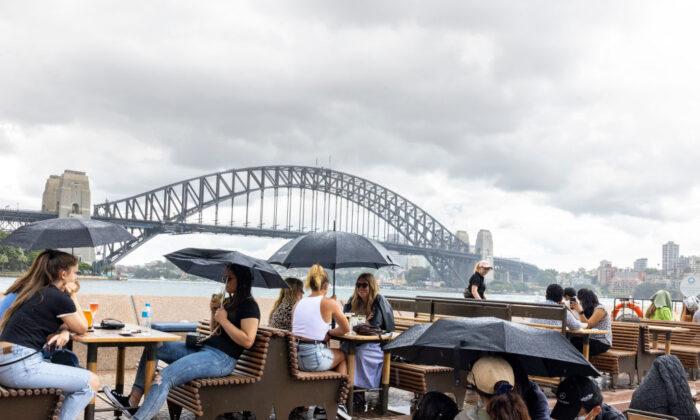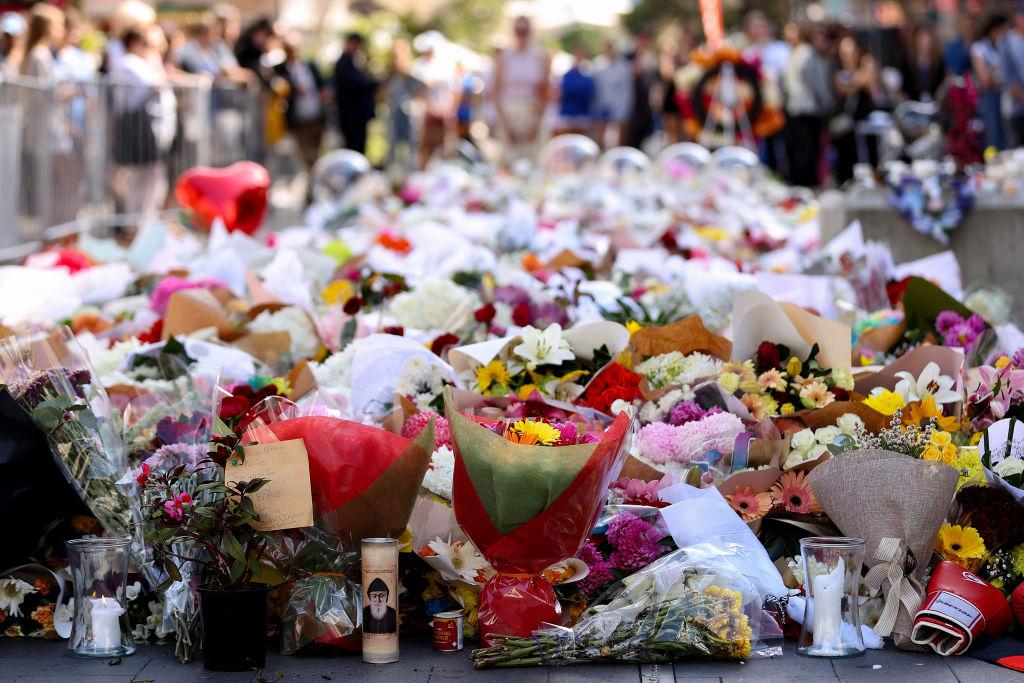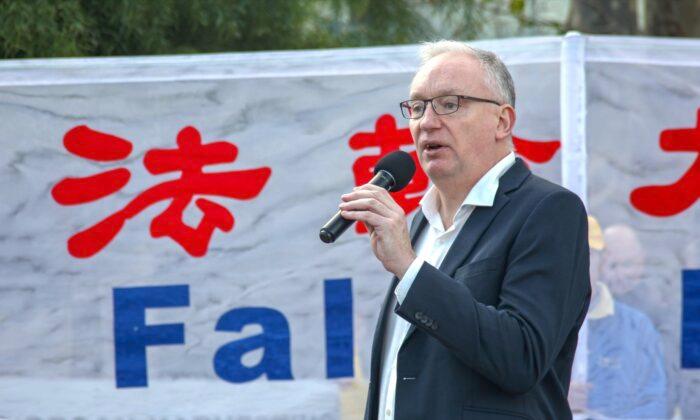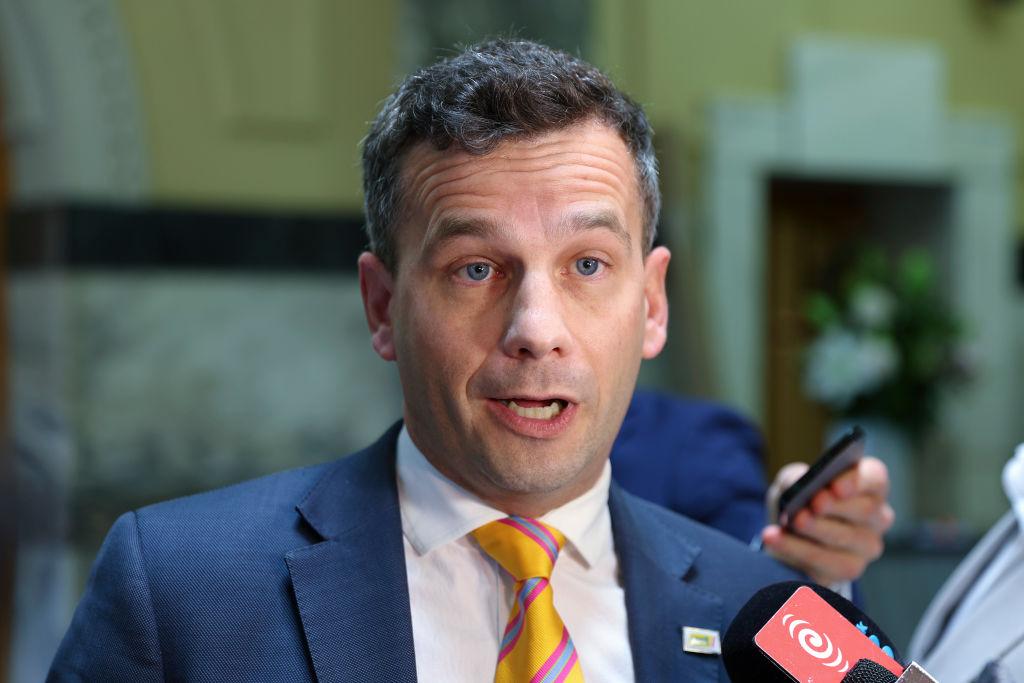Australia’s unemployment rate has fallen below four percent for the first time as 4,000 people found employment, the Australian Bureau of Statistics (ABS) revealed on Thursday, two days before the federal election.
ABS head of labour statistics Bjorn Jarvis said the jobless rate for April, at 3.9 percent, was the lowest recorded rate since the monthly survey began.
“The last time the unemployment rate was lower than this was in August 1974, when the survey was quarterly,” he said.
It was driven by a 0.2 percent fall in unemployment for males to four percent, the lowest level since October 2008. Female unemployment has remained steady at 3.7 percent for the second month, the lowest since May 1974.
The participation rate also decreased to 66.3 percent, but the employment to population ratio remains at 63.8 percent for the third consecutive month, the highest ever recorded.
Total hours worked also increased by 23 million hours as underemployment decreased.
“Hours in New South Wales and Queensland increased in April following the impacts of the floods in March. The number of people working fewer hours than usual due to bad weather dropped from its March peak of over 500,000 to around 70,000 people in April,” Jarvis said.
However, due to illness, the number of people working reduced hours was double what was seen in April before the pandemic. Of these people, almost half worked zero hours, which is around triple of normal levels.
Prior to the release of unemployment figures, Prime Minister Scott Morrison said with unemployment falling, wages would rise further.
“People being in jobs is the most important thing that an economy needs. If you don’t have a job, you don’t have choices,” he told reporters in Tasmania on Thursday.
The incumbent prime minister said inflation was the challenge for real wages, noting that Australia had a lower inflation rate compared to other highly developed nations.
Opposition Leader Anthony Albanese said despite the low unemployment figures, people were still “doing it tough.”
“I welcome any drop in unemployment,” he told the ABC before April data was published. “The problem for the government is, they said that their strategy around wages was all about employment, and if employment went down to where it is now at four percent, then wages would rise.”






Friends Read Free